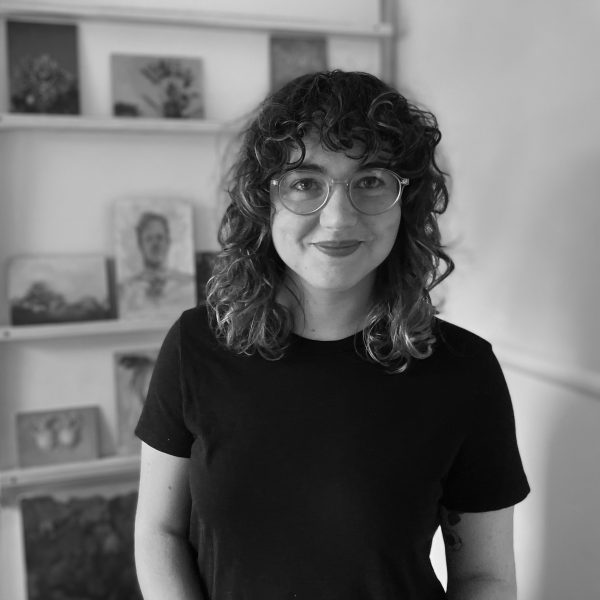A Great Pair continues Miranda Hine’s fascination with our instinct to create stories from images placed together. Playfully painted fragments are paired together like a game of ambiguous and open-ended snap to encourage meaning-making and connections that may be different for each viewer.
Miranda Hine is a Meanjin/Brisbane-based writer, curator and artist fascinated by how these disciplines intersect to construct and disrupt stories. Her paintings play with our instinct to create connections when objects, text and images are placed together and unpick what it means to curate. Miranda is a finalist in the 2022 Brett Whiteley Travelling Art Scholarship, a highly commended finalist in the Clayton Utz Art Award 2022 and a finalist in the Lethbridge Landscape Prize 2022. With a Bachelor of Fine Art (QCA) and a Master of Museum Studies (UQ), her primary research focus is on how artists can challenge museum narratives.
Her art practice sits parallel to her writing and curating practices. Miranda has curated exhibitions in museums, galleries and ARIs, and written for Garland Magazine, SUNNIE, and the Australasian Journal of Popular Culture, among other publications. Miranda received the UQ Art Museum’s Emerging Art Writers’ Award (2016) and Editor’s Choice in the Young Art Journalism Awards (2018) and was shortlisted for the 2022 Queensland Premier’s Young Publishers and Writers Award.
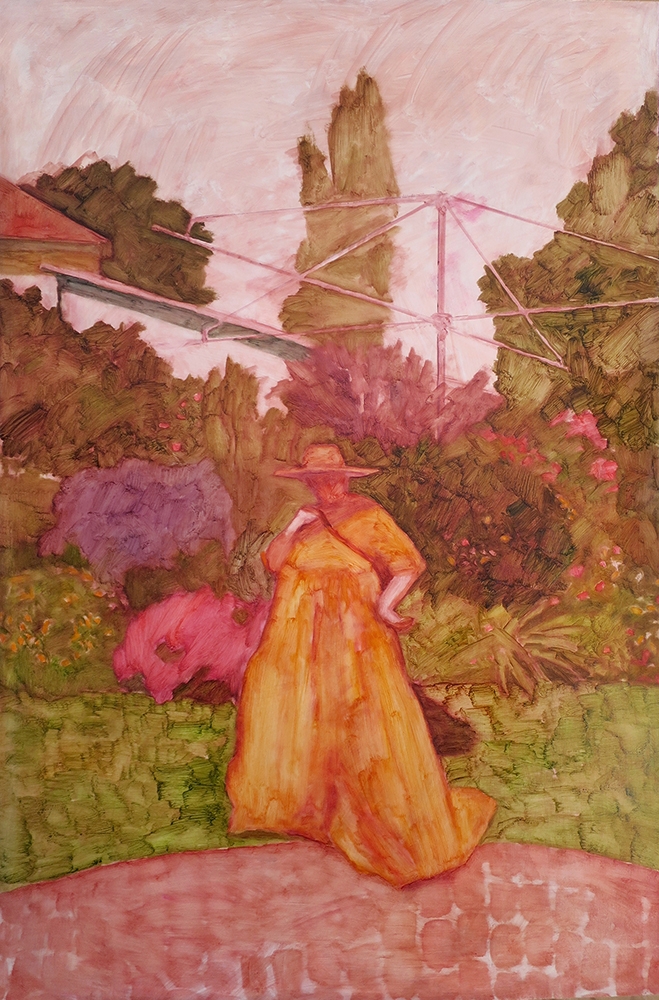
Mil in a stranger's garden Toowoomba 2022
Oil on board
92 x 61 cm
$2600 Framed
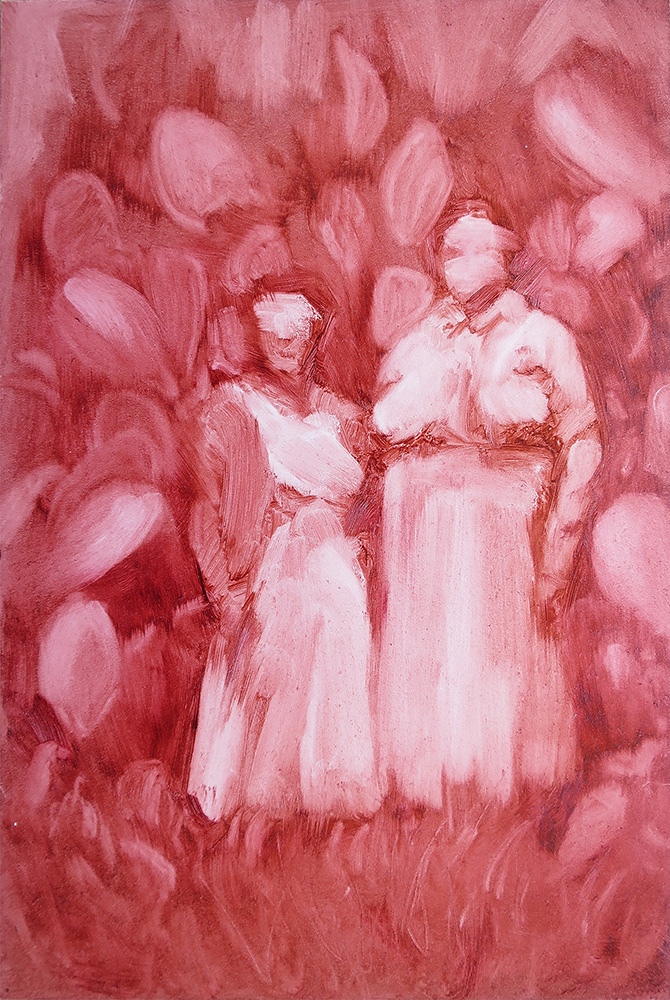 Sold
Sold
Prickly pair 2022
Oil on board
23 x 15 cm
$610 Sold
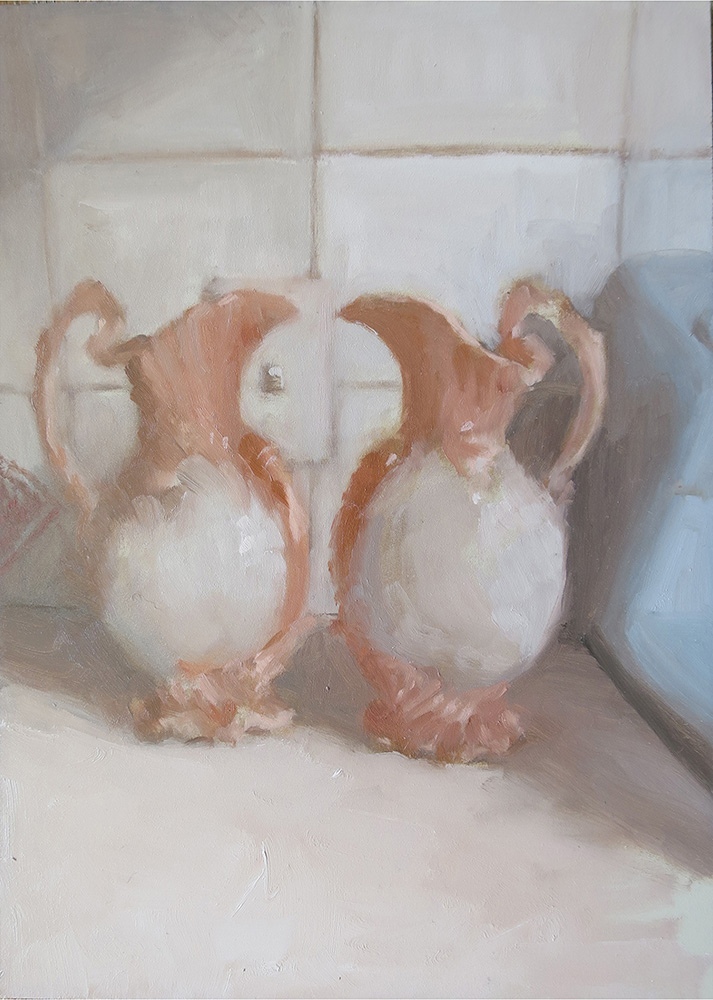 Sold
Sold
Jean’s jugs 2022
Oil on board
17.8 x 12.7 cm
$490 Sold
 Sold
Sold
Jean 2022
Oil on board
23 x 15 cm
$610 Sold
 Sold
Sold
Jeanie 2022
Oil on board
23 x 15 cm
$610 Sold
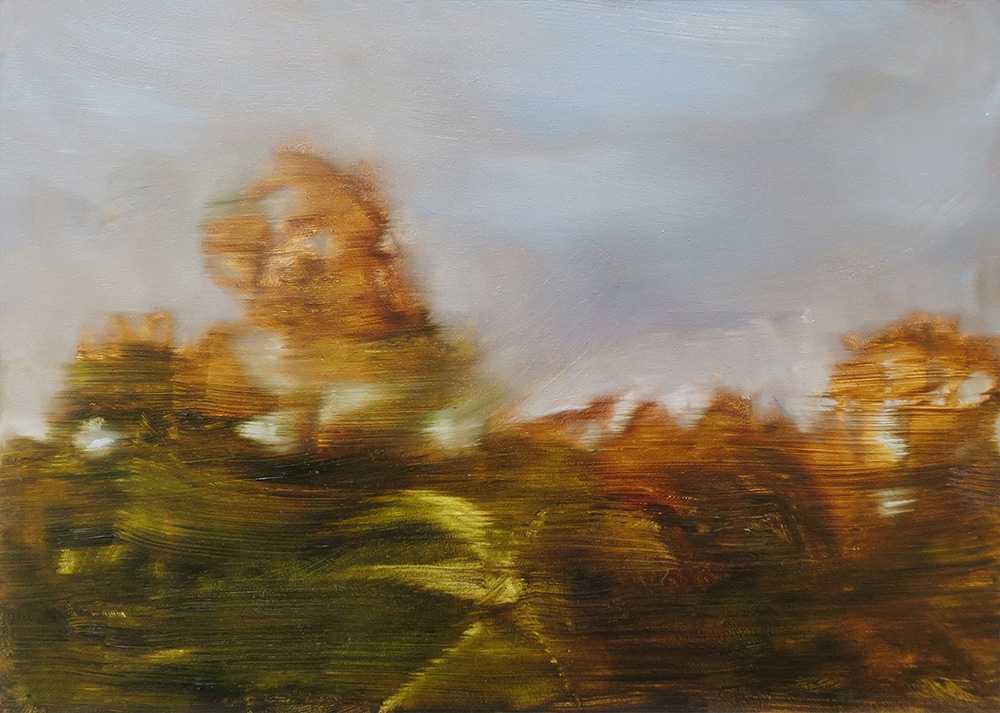 Sold
Sold
Afternoon light banana woosh 2022
Oil on board
12.7 x 17.8 cm
$490 Sold
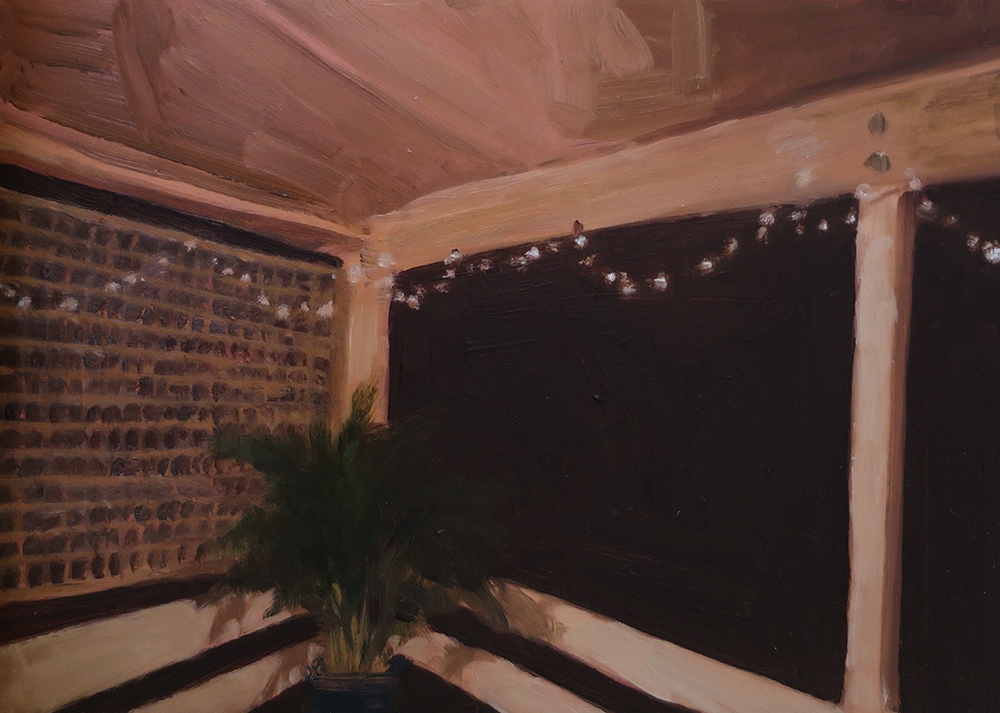 Sold
Sold
Balcony palm fairies 2022
Oil on board
12.7 x 17.8 cm
$490 Sold
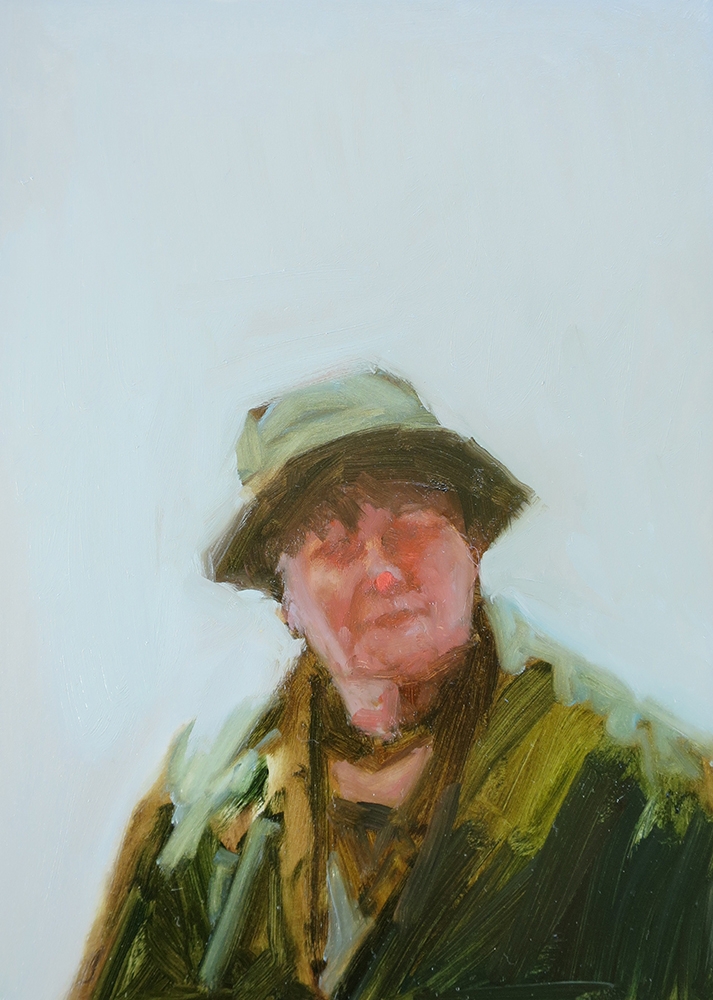 Sold
Sold
Vera baby 2022
Oil on board
17.8 x 12.7 cm
$490 Sold
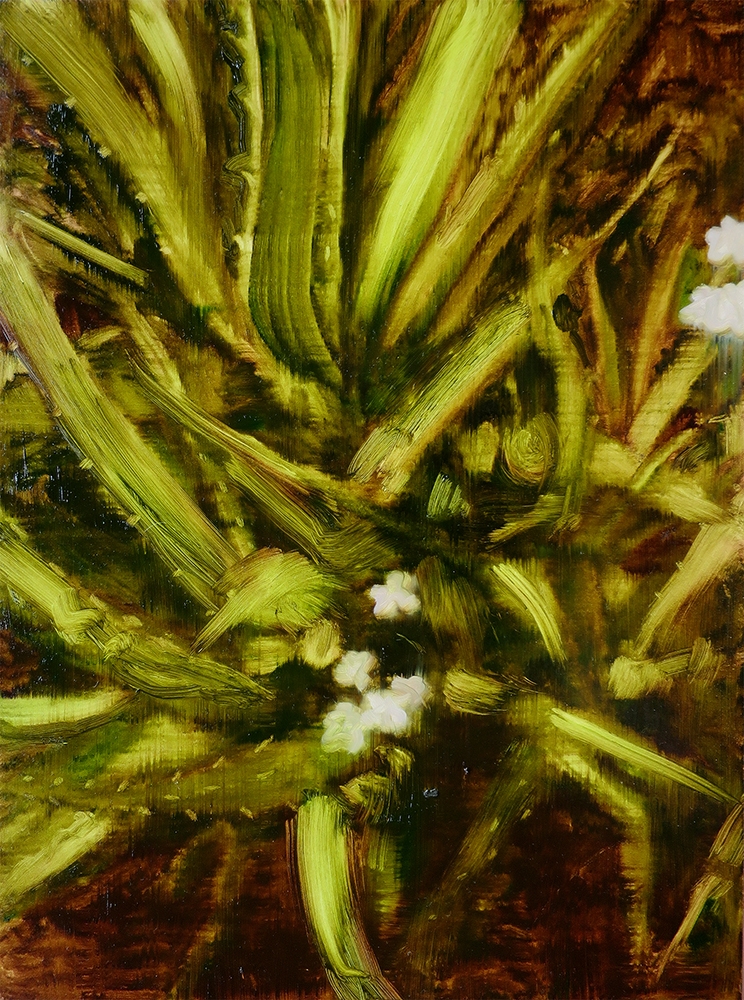 Sold
Sold
Aloe aloe 2022
Oil on board
35 x 22.8 cm
$920 Sold
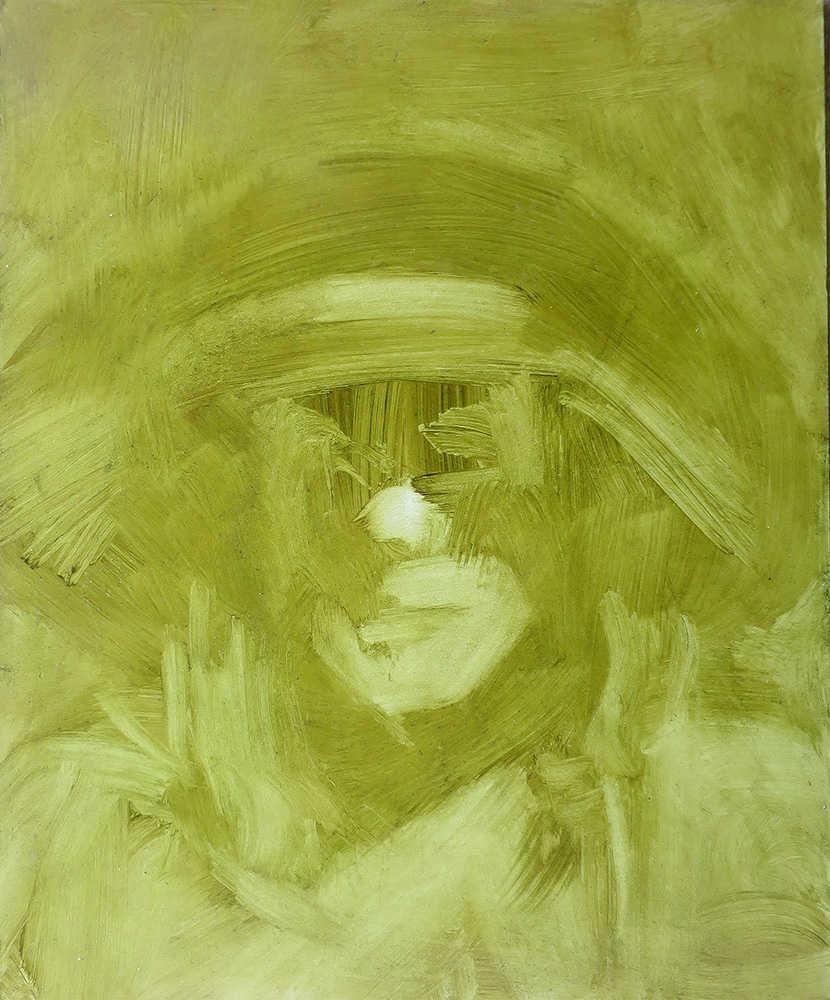
Green hat hot face 2022
Oil on board
25 x 20 cm
$780 Framed
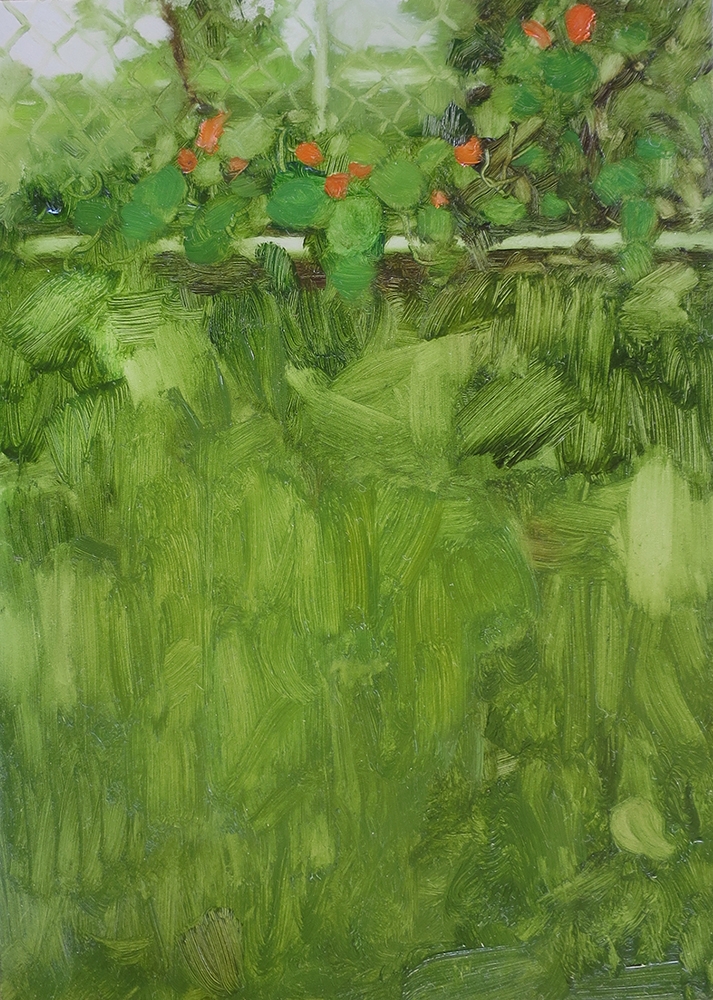 Sold
Sold
Fence friends 2022
Oil on board
17.8 x 12.7 cm
$490 Sold
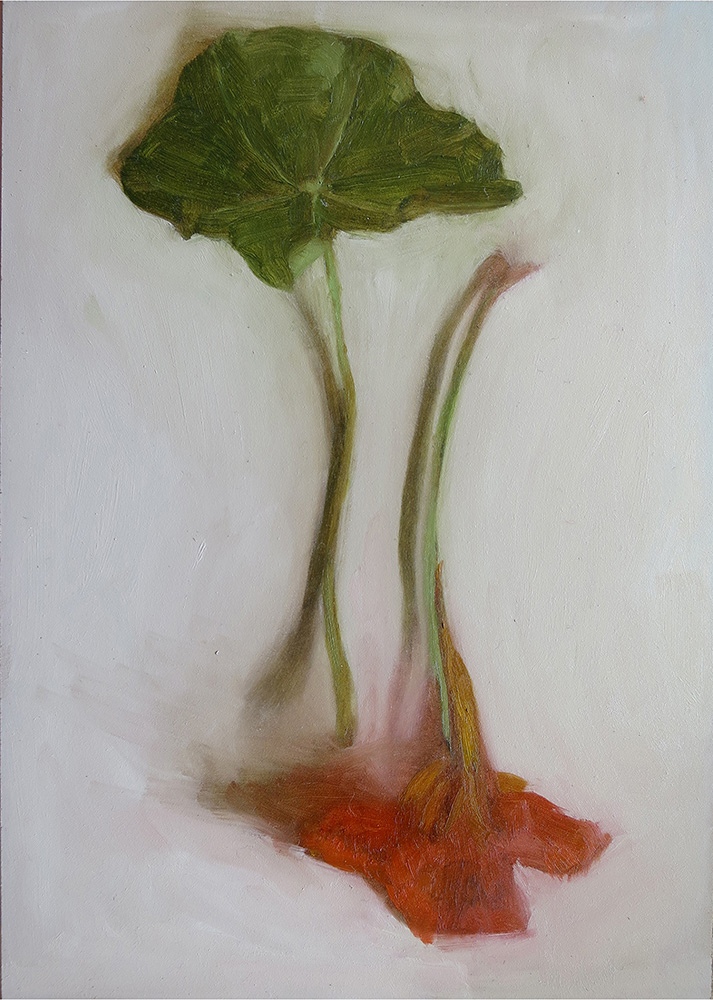 Sold
Sold
Picked pair
Oil on board
17.8 x 12.7 cm
$490 Sold
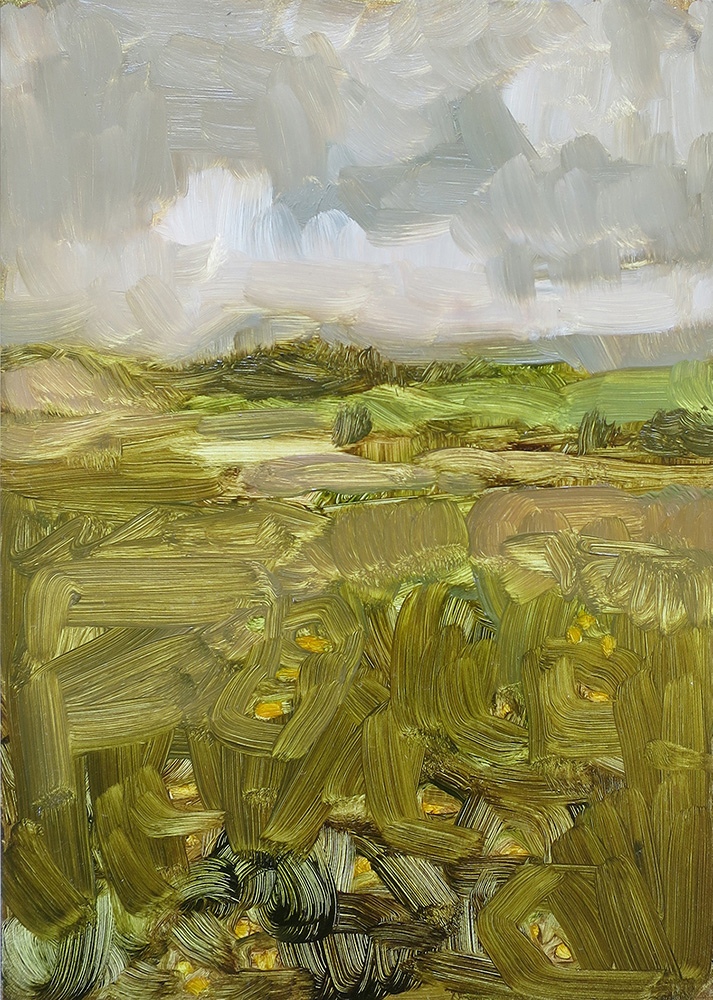 Sold
Sold
Daisies maybe, Boonoo Boonoo 2022
Oil on board
17.8 x 12.7 cm
$490 Sold
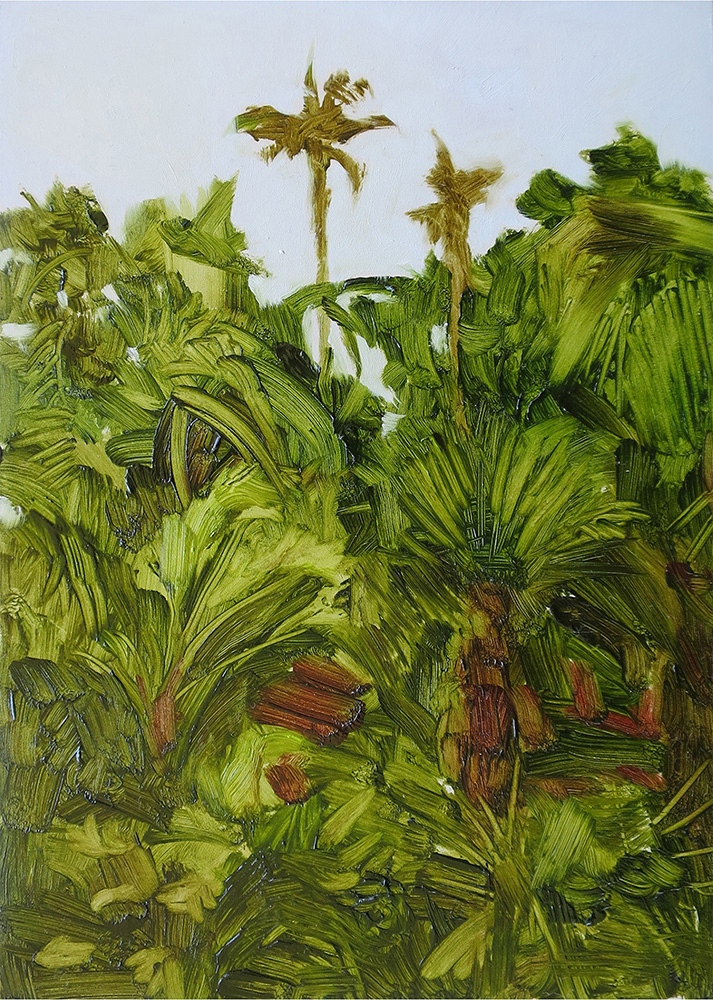 Sold
Sold
Two palms 2022
Oil on board
17.8 x 12.7 cm
$490 Sold
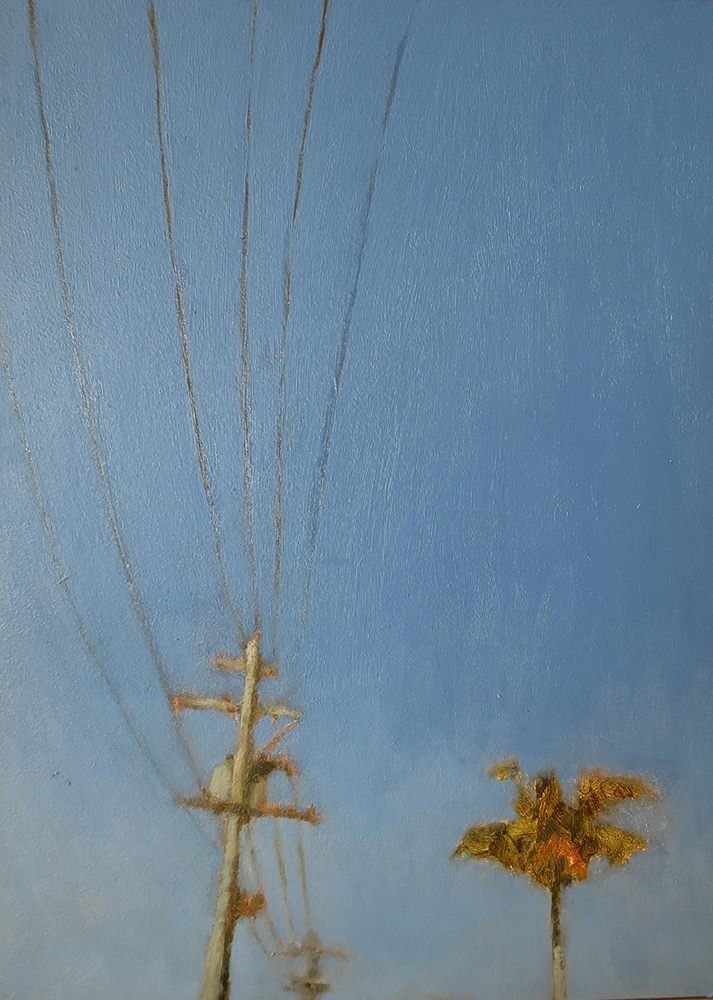 Sold
Sold
Poles 2022
Oil on board
17.8 x 12.7 cm
$490 Sold
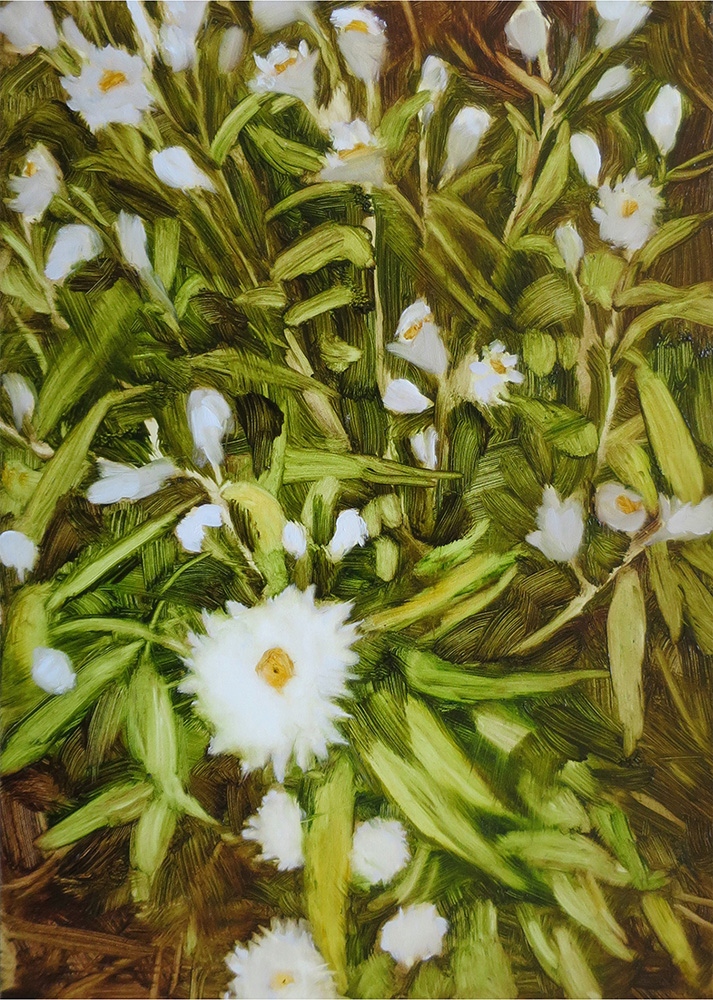 Sold
Sold
Maybe weeds 2022
Oil on board
17.8 x 12.7 cm
$490 Sold
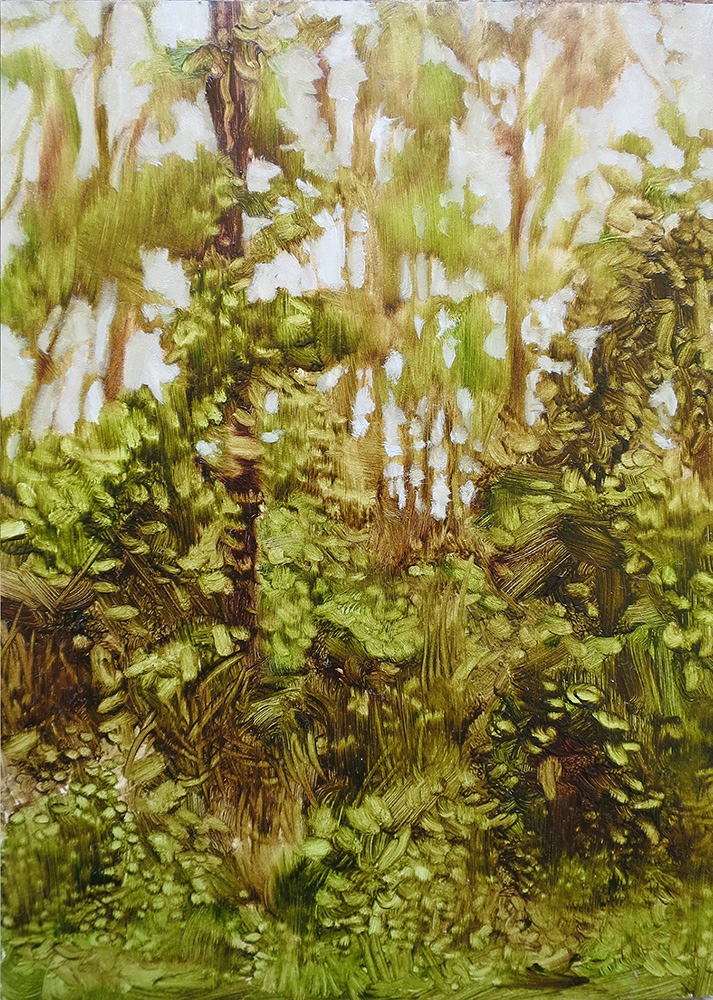 Sold
Sold
Tangle 2022
Oil on board
17.8 x 12.7 cm
$490 Sold
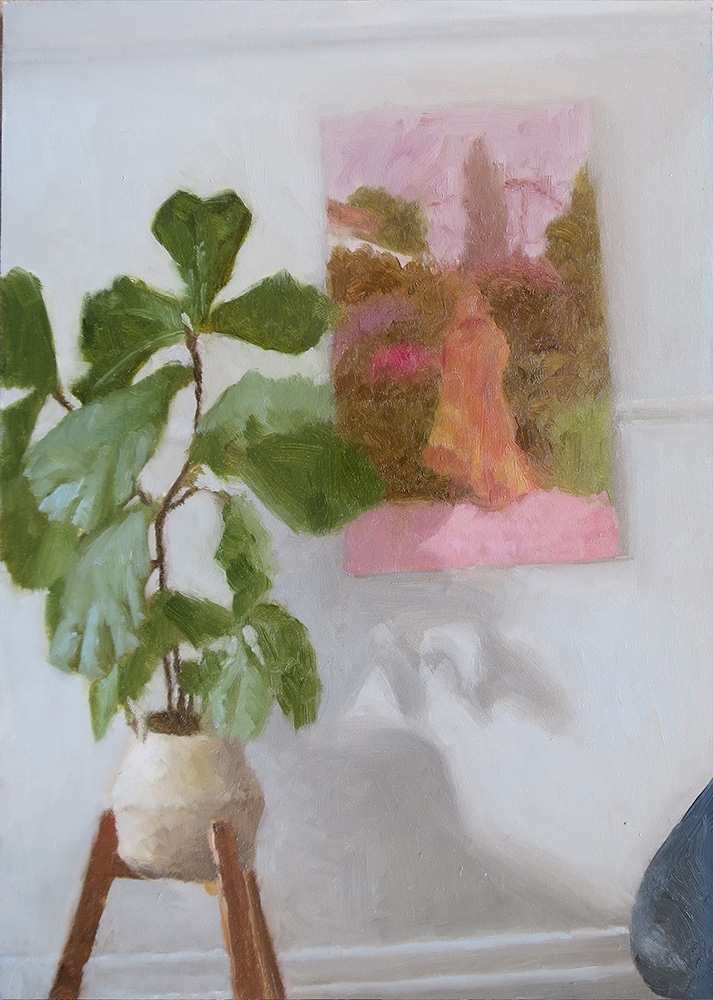 Sold
Sold
Mil in a stranger's garden In Moom's house 2022
Oil on board
17.8 x 12.7 cm
$490 Sold
 Sold
Sold
White house 2022
Oil on board
17.8 x 12.7 cm
$490 Sold
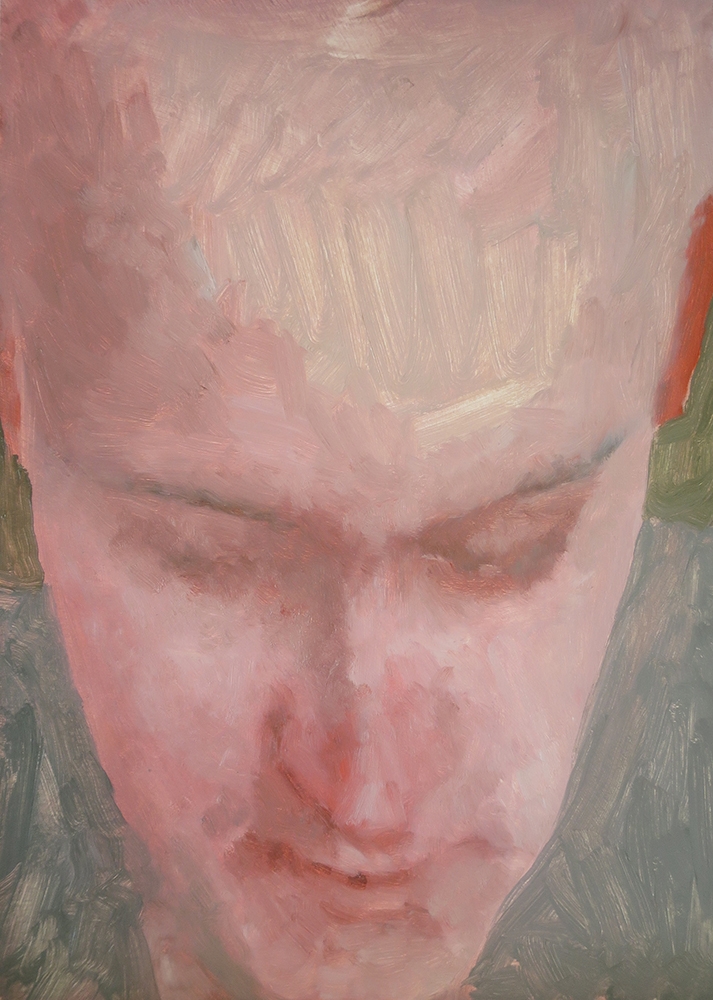 Sold
Sold
Fivehead 2022
Oil on board
17.8 x 12.7 cm
$490 Sold
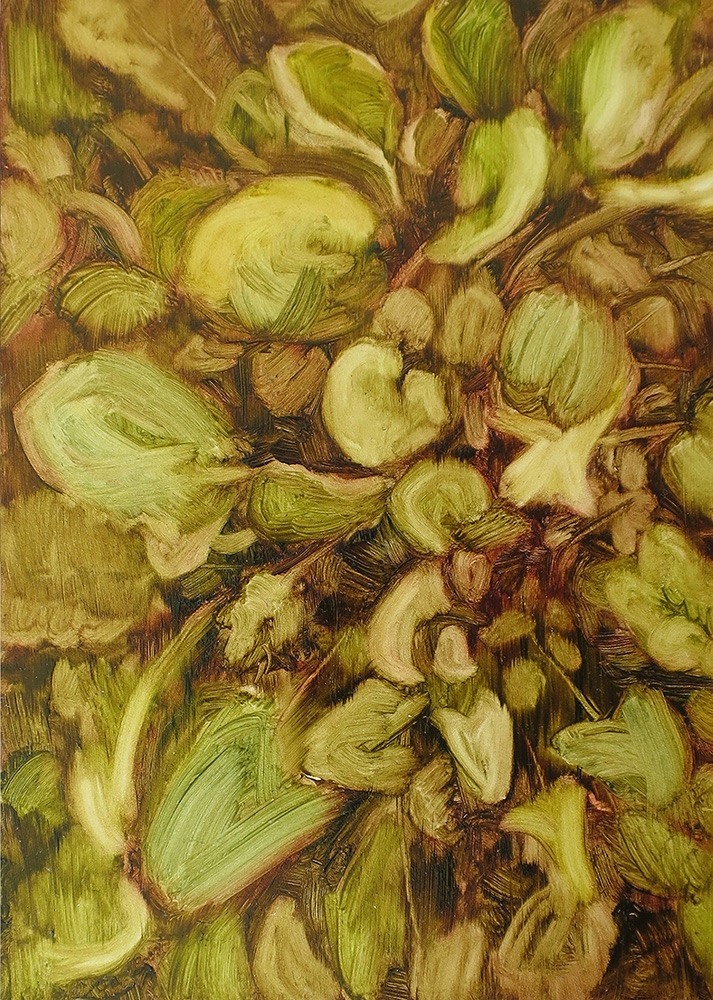 Sold
Sold
Thistle do 2022
Oil on board
17.8 x 12.7 cm
$490 Sold
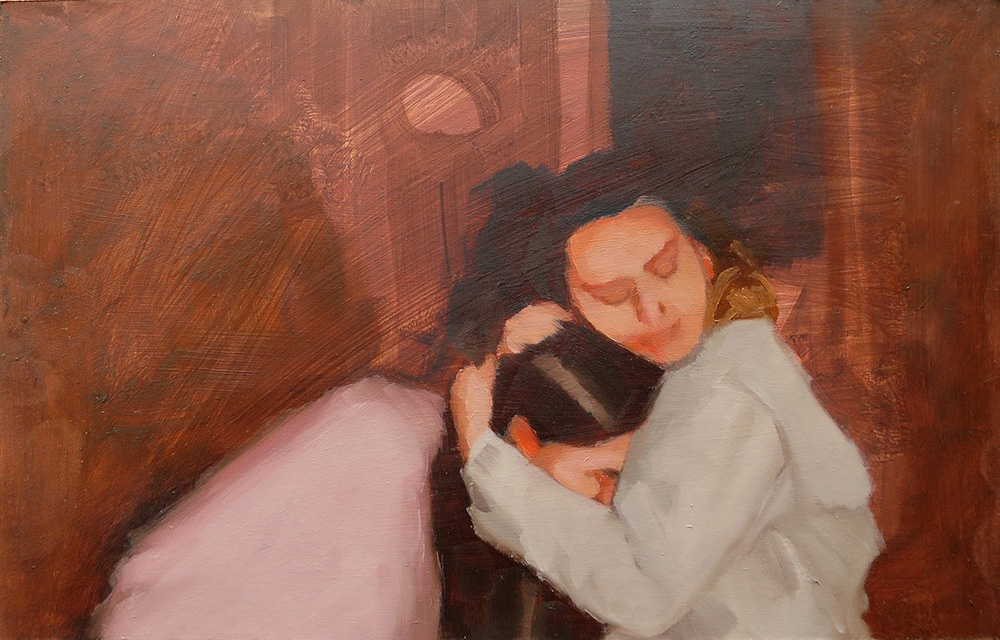
Bell And Sus 2022
Oil on board
15 x 23 cm
$610 Framed
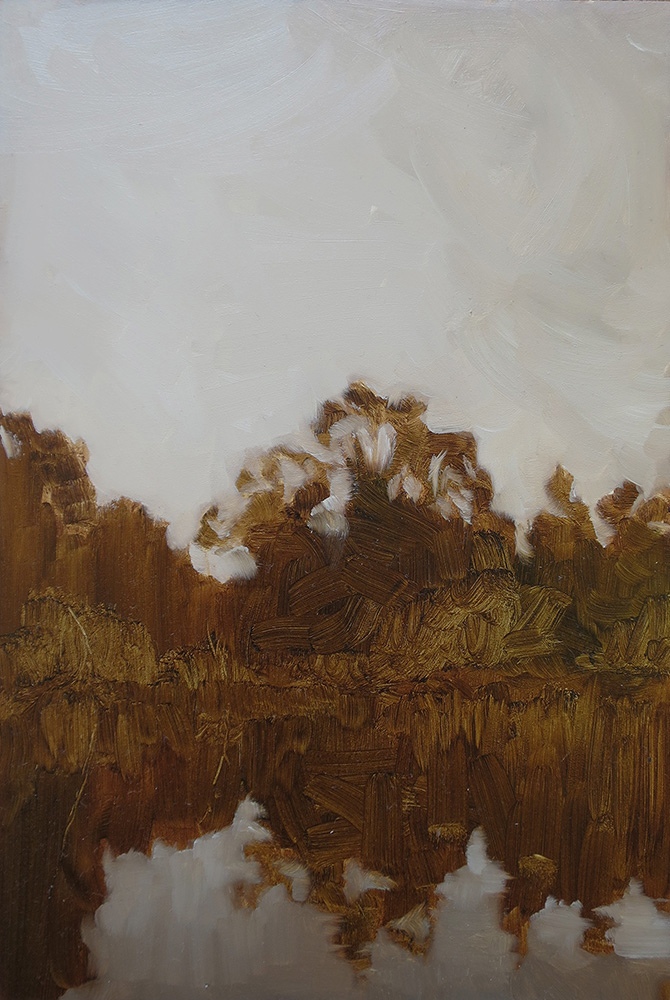 Sold
Sold
Mirror 2022
Oil on board
23 x 15 cm
$610 Sold
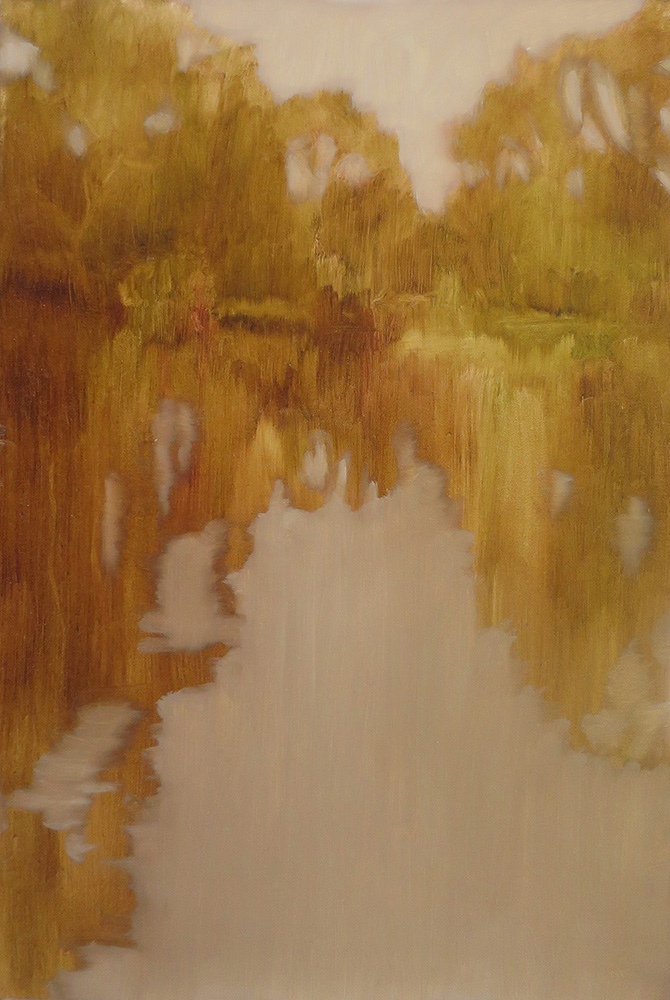 Sold
Sold
Soft Water Cloudy Day II 2022
Oil on board
23 x 15 cm
$610 Sold
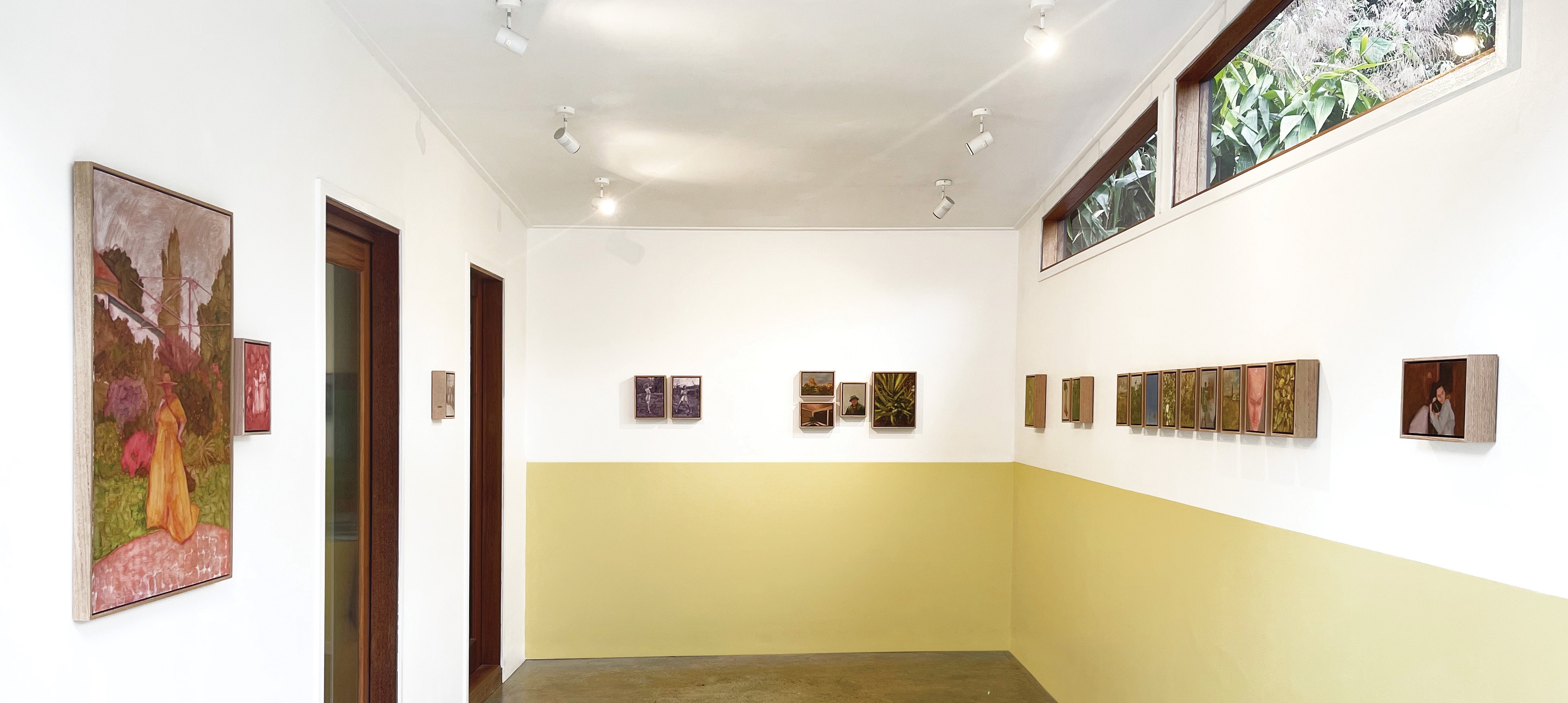
Miranda Hine — A great Pair 2022
Installation View
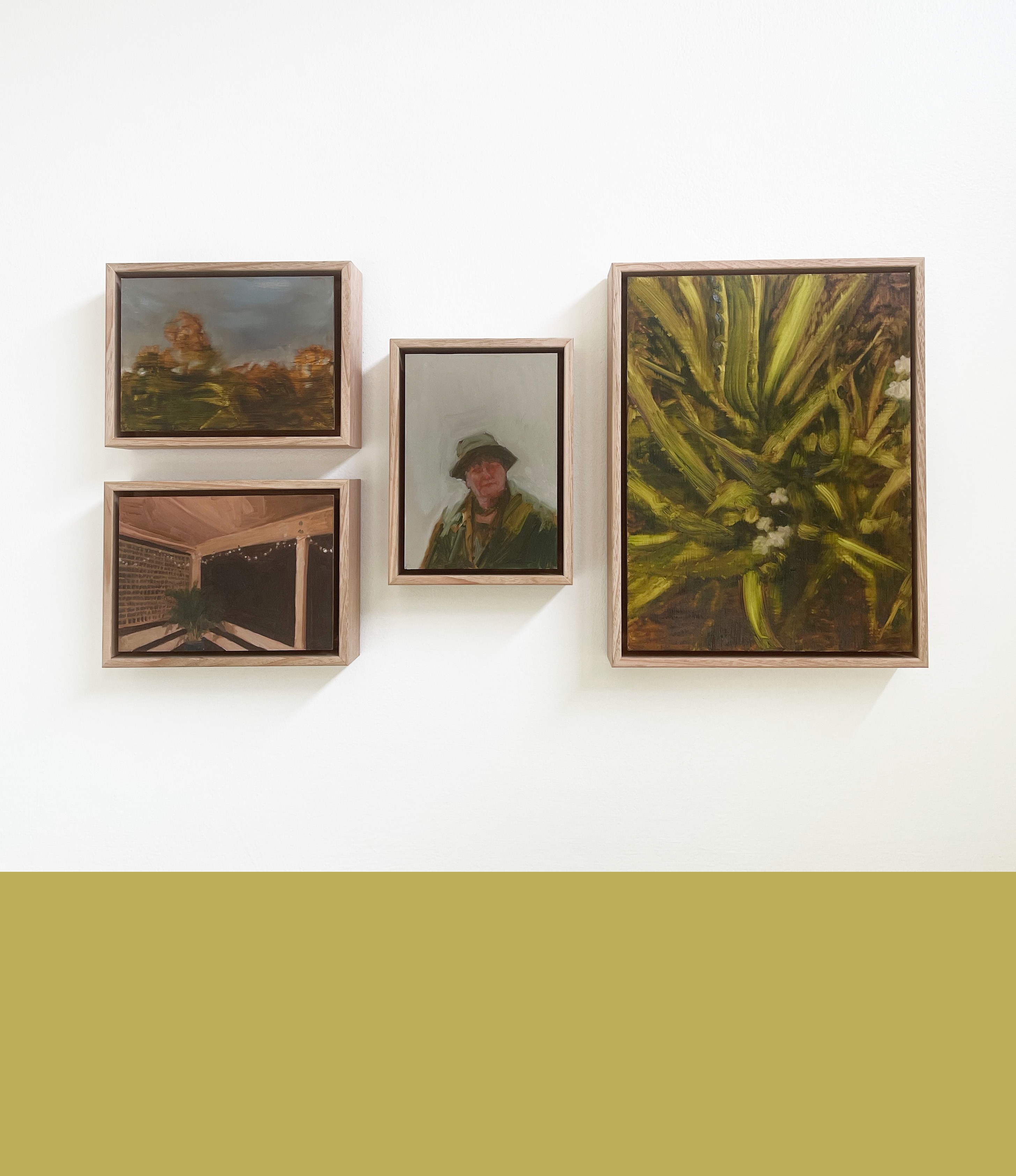
Miranda Hine — A great Pair 2022
Installation View
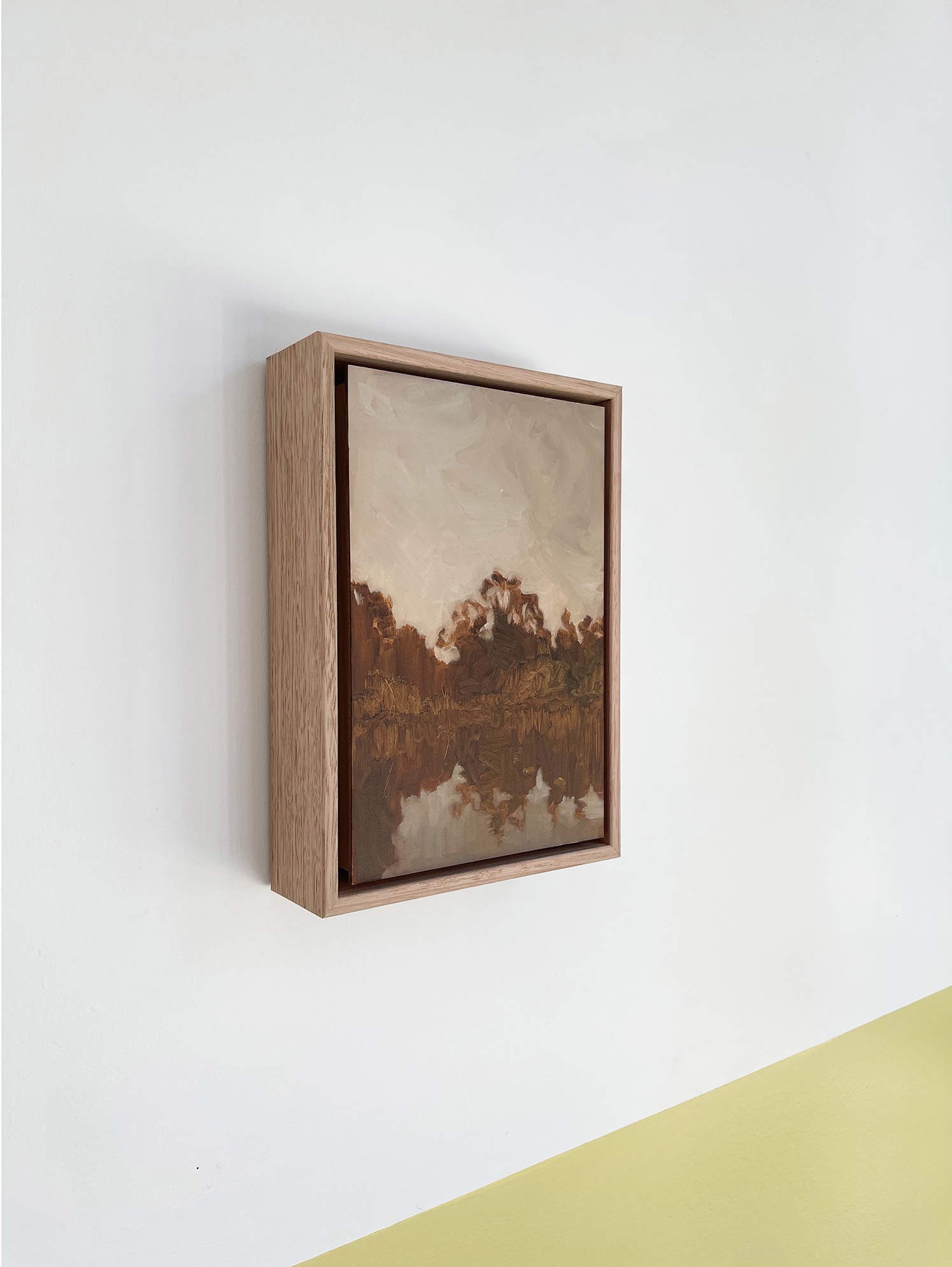
Miranda Hine — A great Pair 2022
Installation View


